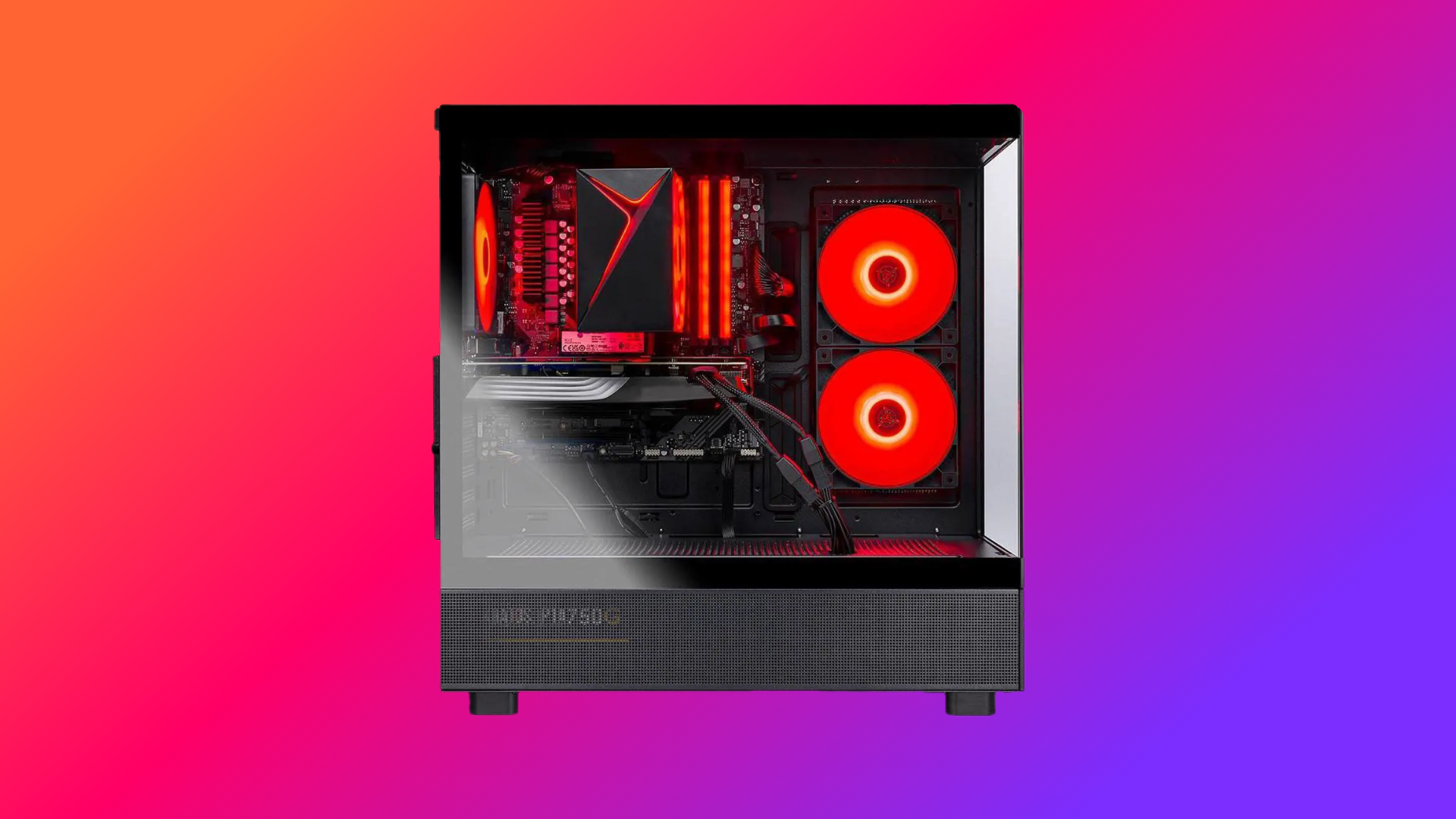Learn about how to run Baldur’s Gate 3 at the highest settings with the RTX 5060 Ti while maximizing frame rates.

Larian Studios has recently launched Patch 8 for Baldur’s Gate 3, which has introduced a ton of new content, including 12 new subclasses, one for each class in the game. On the very next day, the RTX 5060 Ti hit the market, promising next-gen performance at a lower price compared to previous cards. With timing that couldn’t be better for RPG fans and PC builders alike, the release of Patch 8 and the RTX 5060 Ti means players now have even more reason to dive (or re-dive) into Baldur’s Gate 3.
The new card offers a significant leap in efficiency and power over the previous generation, boasting stellar 1080p and even 1440p performance—making it a solid match for Larian’s beautifully crafted world. But to truly make the most of what the RTX 5060 Ti has to offer, you’ll want to fine-tune your in-game settings and ramp up the framerate using the new DLSS 4 Multi Frame Generation feature of the 5060 Ti.
Best Settings for RTX 5060 Ti in Baldur’s Gate 3
General
- VSync: On for 60 or 120 FPS displays. Off for 120+ FPS monitors.
- Upscaling Type: DLSS (Important for 1440p)
- Upscaling Mode: Quality
- Upscaling Sharpness: Default
Quality
- Model Quality: High
- Shadow Quality: High
- Cloud Quality: Ultra
- Texture Quality: Ultra
- Terrain Texture Quality: Ultra
- Texture Filtering: Anisotropic x16
- Instance Distance: High
- Fog Quality: Ultra
- Detail Distance: High
- Animation Level of Detail: High
Advanced
- Ambient Occlusion: On
- Depth of Field: Circular
- Depth of Field Quality: Quarter Denoise
- Bloom: On
- Subsurface Scattering: On
- Slow HDD Mode: Off (Only switch on for 16 GB variant if you notice heavy stuttering)
- Dynamic Crowds: On
Key Points Regarding Possible Performance Issues

At maxed out settings, Baldur’s Gate 3 will not utilize even 8 GB of VRAM at 1080p. Possible performance issues in the game can result from gaming at 1440p when the CPU power becomes a bottleneck. In such cases, try switching Upscaling Mode from Quality to Balanced or Performance modes.
The recommended CPUs for the game are Intel Core i7-8700K or AMD Ryzen 5 3600. If you have a similar or better CPU, the problem may have to do with heavy background processes eating away at CPU usage or software issues. Here are some common performance problems that BG3 players encounter:
- Stuttering in Act 3: The third act of Baldur’s Gate 3 has frustrated many a player with framerate drops because of its CPU-intensive nature. Generating large crowds in the city of Baldur’s Gate can increase the load on hardware. If the issue persists, try increasing the game’s priority from normal to high in the task manager.
- Memory Leak Issue: Some players have reported a deterioration in performance over long play sessions. Restarting the game every few hours can help mitigate the memory leak issue.
- Loading Old Saves: Loading save files from previous patches can also lead to occasional performance drops.
Looking For More Related to Tech?
We provide the latest news and “How To’s” for Tech content. Meanwhile, you can check out the following articles related to PC GPUs, CPU and GPU comparisons, mobile phones, and more:
- 5 Best Air Coolers for CPUs in 2025
- ASUS TUF Gaming F16 Release Date, Specifications, Price, and More
- iPhone 16e vs iPhone SE (3rd Gen): Which One To Buy in 2025?
- Powerbeats Pro 2 vs AirPods Pro 2: Which One To Get in 2025
- RTX 5070 Ti vs. RTX 4070 Super: Specs, Price and More Compared
- Windows 11: How To Disable Lock Screen Widgets
 Reddit
Reddit
 Email
Email


